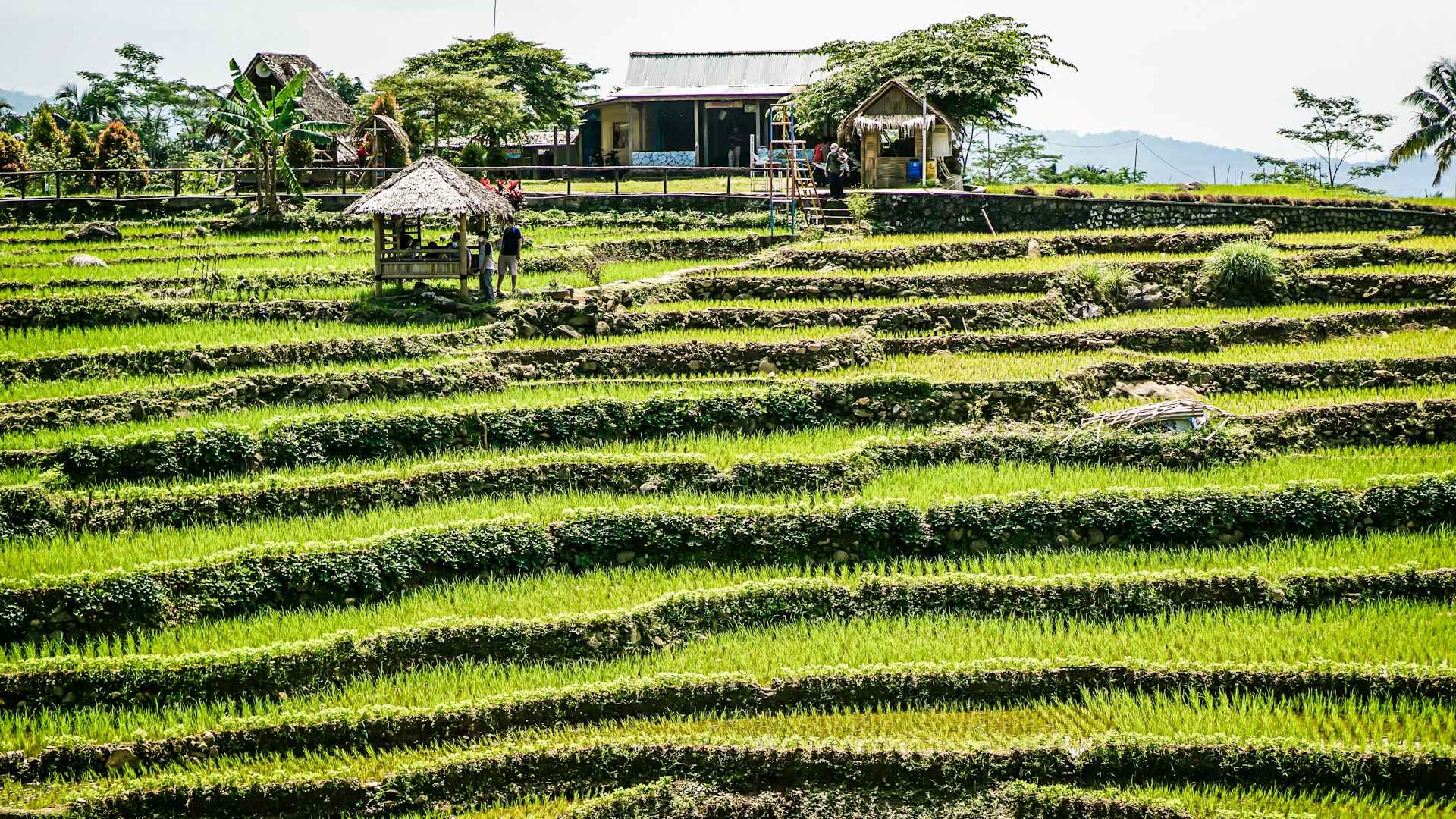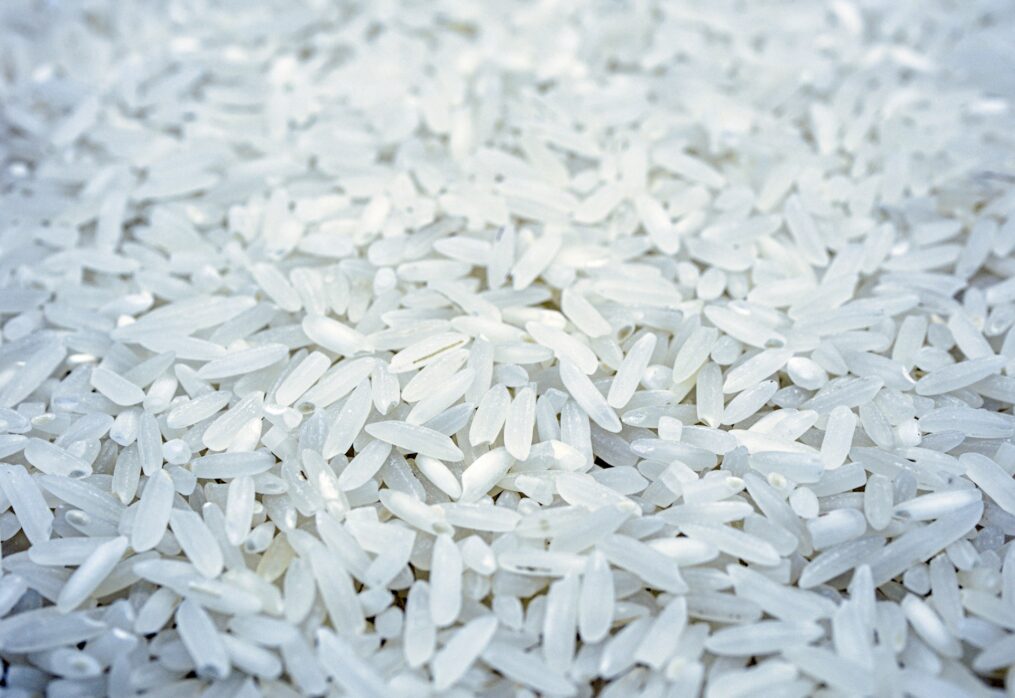Indonesia’s rice imports on the rise: reasons for increased purchases
How Indonesia’s government plans to reduce rice imports
Indonesia is the world’s fourth-largest rice producer. It is also one of the top three consumers of the crop. For the 2024-2025 season, analysts predict a reduction in the country’s harvest due to drought. In this context, rice imports will increase.
Rice is one of the most sought-after agricultural products in the country. It is a strategic crop and prices are under government control. Official statistics show the following:
— rice production in 2023 was more than 31 million tonnes, 1.4% higher than in 2022;
— the country’s population consumes about 30 million tonnes of the crop annually;
— analysts estimate imports will be more than 3.6 million tonnes in 2024.
Overall, Indonesia imports about 5% of its domestic rice consumption. In the first two quarters of 2024, Thailand was the country’s largest supplier. India, Vietnam, and Pakistan were also exporters.
Java’s advantages for grain production
The main crop-growing area is the island of Java. It has the largest amount of land suitable for rice production. However, there is currently little scope for increasing the area under cultivation on the island. Rice production also takes place in other regions, such as Sumatra and Sulawesi. Although, the quality of fertile land here is lower than in Java, which affects yields. In addition, production is not as developed due to the following factors:
— weather conditions, which often have a negative impact on yields;
— lack of infrastructure to expand production;
— limited irrigation canal system.
Java remains the centre of production. But, experts have identified trends that could affect production levels. The island is highly urbanised. Approximately 56% of Indonesia’s population lives in Java, leading to developing construction and property markets. With limited land, residential and commercial projects are often built on agricultural land. The pace of development on the island has been rapid, reducing the amount of land available for rice cultivation.
Options to address the problem
According to Minister Amran Suleiman, Indonesia has about 6.6 million hectares of arable land. Nevertheless, this number decreased by almost 37% between October 2023 and April 2024.
Investing in foreign production is one way to reduce purchases from other countries. We are talking about Cambodia, which has flexible conditions for opening such a business. However, several experts believe that this approach will be ineffective. Although the company will be 100 per cent foreign, it will have to abide by Cambodian law.
Indonesia has signed a rice purchase agreement with Cambodia. This includes the possibility of exporting up to 250,000 tonnes per year. The parties have also agreed on a discount. But this amount, despite the low purchase price, is not enough to meet Indonesia’s needs.
